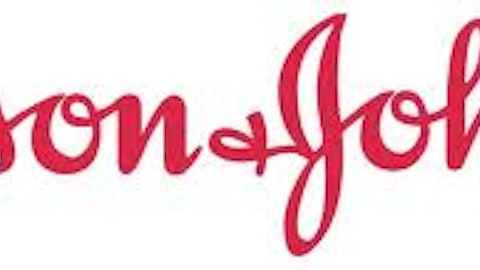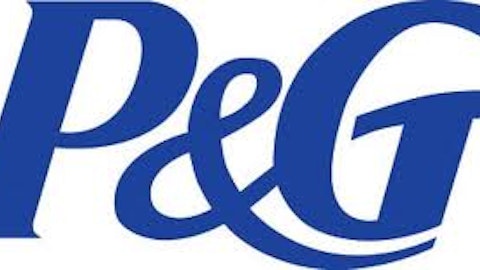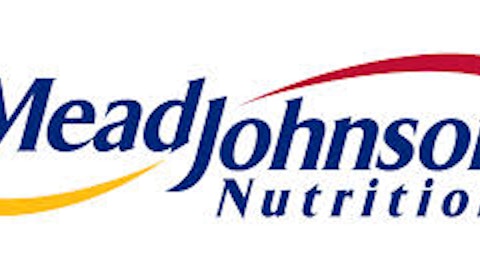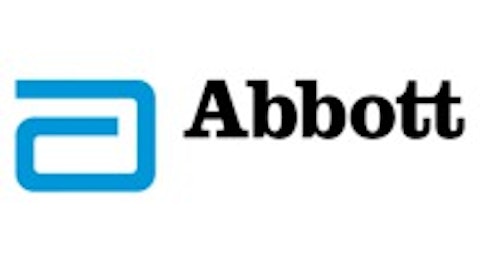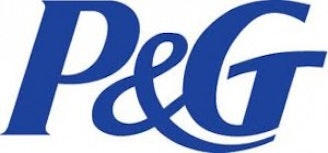
Growth of sales revenue in 2013 rose by 2% to $22.18 billion from the year-earlier period. These results were better than stock analysts’ expectations of $1.11 per share and revenue of $21.86 billion. Its better-than-expected performance for the quarter prompted P&G to revise its fiscal 2013 core earnings per share upward to between $3.97 and $4.07 on the back of 1%–2% revenue growth. Previously, the company expected this fiscal year to show an adjusted profit of between $3.80 and $4.00, with revenue growth either flat or showing a 1% gain. Analysts now expect fiscal 2013 earnings of $3.97 per share for P&G.
P&G Shares Hit 52-Week High
With such impressive figures and confident management outlook, it would appear that Procter & Gamble is a shoo-in for any portfolio. This sentiment is apparently shared by many investors, as P&G shares hit a new 52-week high of $76.69 on Feb. 6 after opening at $75.44 and settling at $75.50 at the close of trading.
Still, there are some valid concerns about how far the future growth of Procter & Gamble can go, as indicated by analysts’ expectation of fiscal 2013 EPS of $3.97, the low end of P&G’s forecast. One of these issues is market share. True, the company reported that it either maintained or increased its market share in businesses accounting for almost 50% of the fiscal 2013 quarter, a figure that rises to 60% in the U.S. market. However, there’s yet much to be desired, as it was estimated that at some point last June P&G was losing two-thirds of its market share to competition.
But More Push Needed In Emerging Markets
This debacle is compounded by the company’s inability to build market share in developing countries where Procter & Gamble is being challenged vigorously by rivals like Unilever plc (ADR) (NYSE:UL). Unilever, whose annual sales of 51 billion euros are comparable to Procter & Gamble’s, has also edged P&G in recent years in terms of sales growth. During the last three fiscal years, Unilever’s revenue growth averaged 6.9%. P&G, on the other hand, posted an average annual revenue growth of 2.3% from fiscal 2010 to 2012, after suffering a decline in 2009. This drop followed a banner sales performance in 2008.
Significantly, a strong sales growth of over 10.6% in the emerging markets in Asia, and gains of 7.9% and 0.8% in the Americas and Europe, respectively, propelled a 9% increase in Unilever’s operating profit to 7 billion euros in fiscal 2012. Contributing to these gains is the well-timed and well-executed restructuring of the Unilever brand portfolio.
What Product Innovation Is Really?
Besides Unilever, Johnson & Johnson (NYSE:JNJ) is another competitor that appears to have given P&G the heads-up recently, particularly in product innovation. With much hoopla in June last year, Procter & Gamble introduced ZzzQuil, an over-the-counter sleep aid. The thing is that Johnson & Johnson and other competitors have been manufacturing products in this category for some time already.
Delivering meaningful health care innovations, in fact, was one of the growth drivers for Johnson & Johnson, which this January reported 2012 fourth quarter sales of $17.6 billion, up 8.0 percent from the 2011 fourth quarter. Excluding $2.9 billion after-tax special items, the company’s net earnings for the 2012 quarter rose 7.9 percent to $3.4 billion, sending diluted earnings per share to $1.19, up 5.3 percent from a year earlier. The EPS came out above analysts’ expectations of $1.16 per share.
Market observers also say ZzzQuil is not an innovative breakthrough at all. It is merely a variant or derivative of the company’s NyQuil cold and flu medicine, which has long been misused as a sleep aid.
Tylenol PM Simply Sleep is the Johnson & Johnson product entry in this category, which has beaten P&G’s ZzzQuil to the draw. Notably, too, J&J boasts of EARTHWARDS, the company’s proprietary process to drive sustainable product innovation across its 250 operating companies within its pharmaceuticals and medical devices, consumer products, and diagnostics sectors.
Final Words on the Competition
P&G, Unilever, and Johnson & Johnson all appear solid stock picks given the strengths of the iconic brands in their portfolios of personal care products. For Procter & Gamble, however, much can still be achieved if it gains further inroads into emerging markets and introduces products that are truly of breakthrough caliber.
The article Where is Procter & Gamble Going? originally appeared on Fool.com and is written by Josef Ray Dagatan.
Copyright © 1995 – 2013 The Motley Fool, LLC. All rights reserved. The Motley Fool has a disclosure policy.
